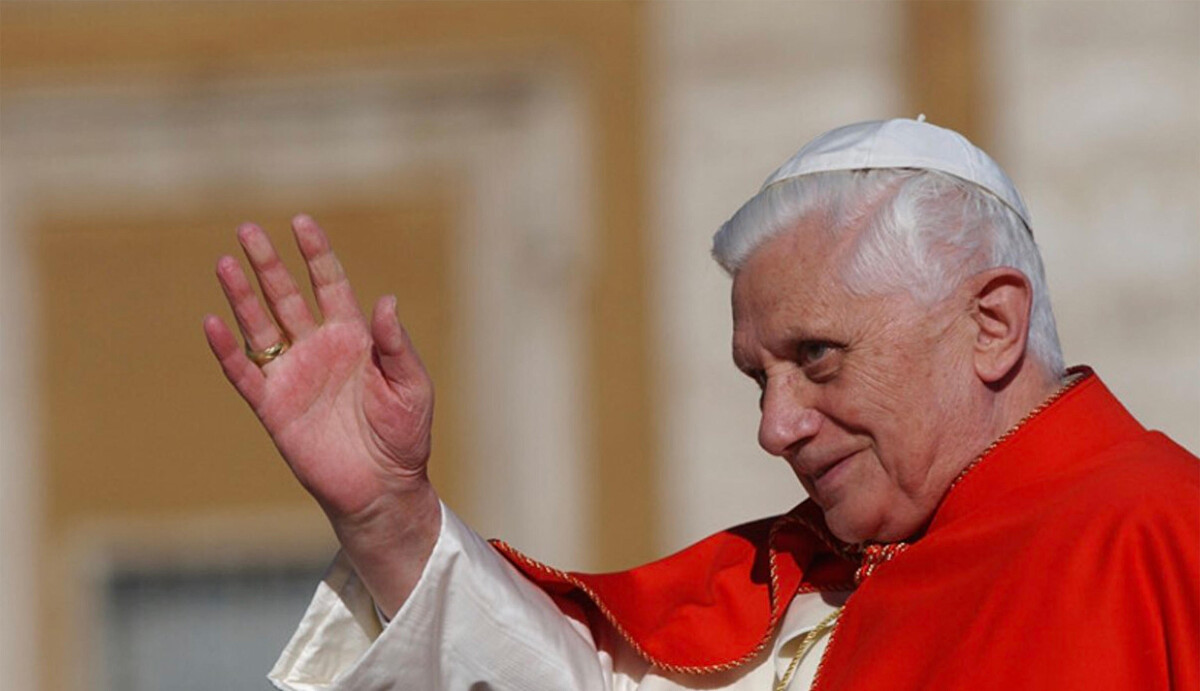Former Pope Benedict XVI has died at his Vatican residence, aged 95, almost a decade after he resigned the Papacy because of ailing health.
He led the Catholic Church for less than eight years until, in 2013, he became the first Pope to resign since Gregory XII in 1415.
Benedict spent his final years at the Mater Ecclesiae monastery within the walls of the Vatican, where Pope Francis visited him frequently.
The Vatican said in a statement: “With sorrow I inform you that the Pope Emeritus, Benedict XVI, passed away today at 9:34 in the Mater Ecclesiae Monastery in the Vatican. Further information will be provided as soon as possible.”
The Vatican said the body of the Pope Emeritus will be placed in St Peter’s Basilica from January 2 for “the greeting of the faithful”.
Pope Francis will lead the funeral on 5 January in St Peter’s Square in Rome, a spokesperson said.
The scarcity of information available at this time is due to the unprecedented nature of his position as Emeritus Pope that raises important ceremonial questions that, according to the National Catholic Register, cannot be fully answered at this moment.
The end of a reigning Pope’s life is observed by a series of very well-timed and well-understood rites: from the certification of the pope‘s death and the breaking of the fisherman’s ring to the public display of the pope’s body and the funeral celebration itself.
But what are the protocols when a pope emeritus dies? That question remains open because of the unprecedented nature of Benedict’s retirement.
He was the first pope to renounce the papacy in nearly 600 years, but he also has lived longer in retirement than any pope in history. Benedict is also the first to take the title Pope Emeritus.
What is clear is that in stepping down as he did in 2013, Benedict’s offices ceased.
In a real sense, then, his papacy “died” with his resignation. As experts explain it, while they normally happen at the same time, the death of a pontificate is distinct from the death of the man himself. This idea used to be manifested dramatically in the old custom in which the camerlengo would strike the body of the deceased pope three times with a gavel, calling him, not by his name as pope, but by his baptismal name.
The last time this ritual was applied was on the death of John XXIII. Twice, the camerlengo, after striking the hammer, said: “Angele, mortuus est?” (“Angel, are you dead?”) On the third time, there came a final confirmation: “Vere Angele mortuus est,” meaning, “Really, Angel is dead.”
In this case, given the unprecedented nature of this death, Pope Francis will make the final decisions as to the form of the ceremony, but it is believed that the event will “most likely be celebrated with the characteristics reserved for the reigning Pope: the coffin, the insertion in the coffin of the deed indicating the official acts of the papacy, coins for his papacy, and medals of the pontificate.”












